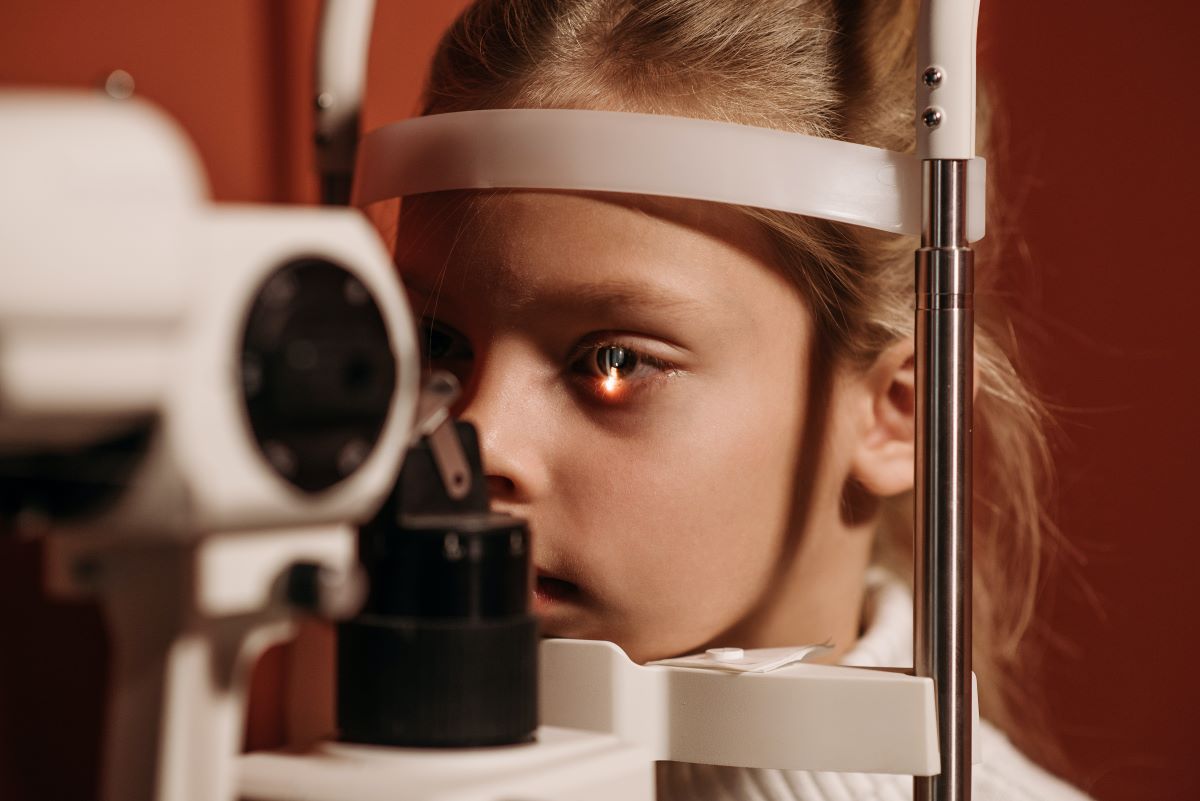How Much Is an Eye Exam? A Complete Guide
“How much is an eye exam?” This question probably popped up in your head a few times and led to no clear answers.
The truth is, the cost of eye exams can change depending on your situation. Where you’re from, how much your budget extends to, and many other factors play into it.
So, here’s the complete overview you need about the costs of an eye exam and how you can get the most affordable one right now.
How much is an eye exam, on average?
The cost of getting an eye exam can change on a case-by-case basis.
If you go to an independent eye clinic, their eye exams might be more detailed and, thus, more expensive. In contrast, popular retail stores and optical chains have introductory offers on hand at a lower price.
On average, get ready to spend around $50 to $250 for an eye exam. Don’t believe it? Here’s a simple price summary of the major optical clinics you can find in the US.
- Vision Source – around $199
- VSP – $185 without insurance
- Costco Optical – price range starts at $70
- Target Optical – around $70
- Walmart Vision Center – more or less than $75
- America’s Best – $45
The top 4 factors influencing the cost of eye exams
1. Your geographic location
Yes, you read that right! You can pinpoint how much your eye exam will cost based on where you are on the map. These are the eye exam prices you can expect in every region of the US.
- Northeast – $105
- Southwest – $102
- West – $122
- Southeast – $94
- Midwest – $81
Now, you might be thinking: why is that so? Why do the prices jump from one region to another?
The answer to that big Q is simple: it’s all about supply and demand. In a study titled “Access to Pediatric Ophthalmological Care by Geographic Distribution and US Population Demographic Characteristics in 2022”, researchers found that local eye clinics in the US are few and limited in some regions. For example, only 10% of US counties had a pediatric ophthalmologist.
If you’re not in a prime location, you may need to visit a different town or city for an eye check-up.
2. City size
We all know that the bigger the city, the more you have to spend. However, that can be a different story when it comes to eye exams.
Sometimes, metropolitan and coastal cities offer slightly lower rates in their clinics. For instance, you might need to pay only $95 for an eye exam in New York rather than $108 elsewhere.
But of course, there’s a slight caveat: the total living cost in a big city.
While you can have a budget-friendly eye exam, other expenses like apartment living and transportation can pile up beyond your budget. So, make sure to consider where you live before you get an eye check-up.
3. The type of eye exam you need
An eye exam’s cost also depends on your specific health needs. If you already have a pre-existing eye condition that you’re unaware of, that can affect the price.
You can choose among these eye exam options when visiting an eye doctor.
- Visual acuity testEye doctors use the classic eye chart to check your vision’s clarity.
- Visual field testThe eye doctor will measure how much you can see in your peripheral vision.
- Intraocular pressureThis one checks if your eyes have built-up fluid pressure, which can be an early sign of glaucoma.
- Glaucoma screeningSpeaking of glaucoma, a full screening of tests can check if your optic nerve is damaged.
- Contact lens examThe eye doctor can fit you for a pair of prescription glasses or graded contact lenses based on your eye health and vision level.
4. Type of selected eye care provider
So, you’ve probably settled on what type of eye exam you need. Now, you need to evaluate where you’ll get optic help. Ideally, the one that suits your budget is the best choice.
- Retail stores like Walmart and TargetThese stores don’t specialize in providing eye care but have optical booths to get low-cost, essential eye exams. This option is the most affordable one on the list. It’ll usually take $45-$70, depending on where you visit.
- Optical chainsCompared to retail stores, optical chain stores do specialize in providing eye care and eyewear. These brick-and-mortar stores usually have an optometrist on board so that you can get expert help. You also don’t need to worry about the location. Optical chains often have multiple branches that spread far and wide across the country. For this option, expect to cash out around $95 or more for a complete eye exam.
- Independent eye clinicsIf you go to an independent eye doctor, expect to spend $100-$200 on one check-up. This price range can depend on the doctor’s specialty, the clinic’s unique equipment, or even how your insurance works.
Before you get an eye exam, you may need vision insurance
As you can see, getting an eye exam can be pricey, especially for recurring treatments. Because of this, many patients aim to minimize costs through insurance.
Vision insurance can save you a lot of money in the long run. For the low cost of $5-$35 per month, it covers or cuts the cost of your eye exams.
A good insurance plan can also get you a discount for prescription glasses, contact lenses, or eye treatments like LASIK surgery.
Remember, most regular healthcare plans don’t account for eye exams. You’ll need to sign up for it separately. Look for a vision insurance company in your city, or ask your employer about it.
How much can you save on eye exams with vision insurance?
Vision insurance works like a safety net. On average, it can save you $100-200 per year. With it, you’ll be able to shoulder the full costs of check-ups, eyeglasses, and more.
Some insurance plans offer a benefits package deal. It’s where you have a set amount of dollars to spend on an eye exam. Meanwhile, other alternatives may give a 20-30% discount instead.
Here’s an example: you spent $500 on eye services. A basic vision insurance plan may save 30% off that cost – a whopping $150.
How often do you need an eye exam?
If you don’t feel symptoms, experts recommend that young adults visit an eye doctor every five years. You’ll need to go more frequently as you get to 40 years and older.
Learn more about how often you should get an eye exam with our comprehensive guide.
However, if you have a family history of eye disorders or a chronic condition, you need to go to an optometrist or ophthalmologist. If you need help determining which you need, we explain the differences between an optometrist and an ophthalmologist here.
How else to save money on your eye exam
1. Use HSA or FSA funds
If you want to leave some money aside for vision expenses, get into HSA or FSA funds. These can cover your eye exams, prescription glasses, and other eye care services.
How it works is that an amount will automatically go to these funds for every paycheck you deposit. It’s hassle-free and can be used at most optical chain stores and clinics.
2. Get a vision discount plan
Do you want discounts where you go? Go for a vision discount plan.
Similar to insurance, a vision discount plan lowers the costs for you and your family. The only difference is it doesn’t have a benefits package deal.
3. Sign up for CareCredit
If you want a credit card solely for your out-of-pocket needs, then CareCredit’s got you. It covers you, your family, and even your pets!
4. Ask for bundle deals
A lot of retail stores offer 2-in-1 bundle deals. These include an eye exam and a selected range of prescription lenses. However, you might be limited in which frames you can choose.
Pro tip: don’t wait until it’s too late!
Regular eye exams should be the norm. No matter the cost, your eye health is a priceless asset you can’t replace. Don’t wait until it’s too late, and don’t hesitate to go when the symptoms get severe.
Plus, the next time you ask, “how much is an eye exam?” look into potential discounts too. There are practical ways to save your eyes and your wallet simultaneously.

Written by:
Jamie Mendiola


















